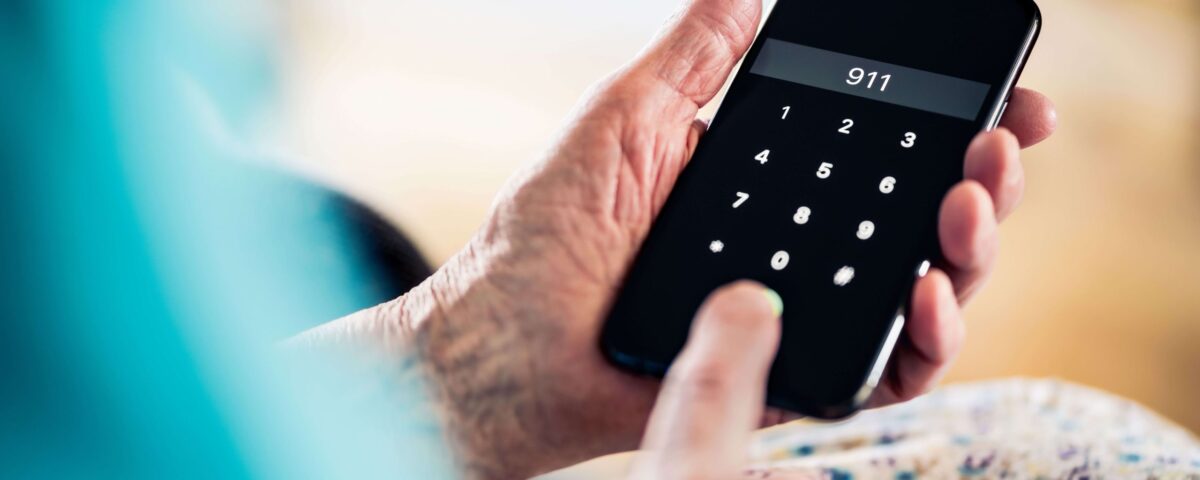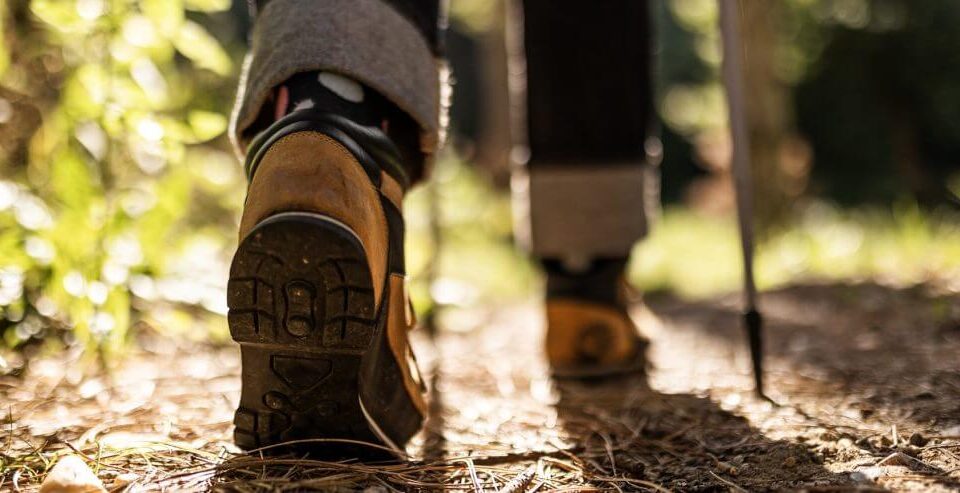- Have any questions?
- 412-123-4567
- noreply@upmc.com
CPR for Babysitters: What to Do When a Child Stops Breathing

Cardiopulmonary resuscitation (CPR) for infants and CPR for children is much like adult CPR. For all ages, you do 30 chest compressions, followed by two breaths.
The main difference between adult and child CPR is you use less pressure for the chest compressions when giving CPR to children.
If the child you're babysitting stops breathing, you'll need to call 911 and perform CPR right away.
Read on to find out when to do CPR on a child and how to do infant CPR and CPR for children.
Before Starting CPR
Check to see if the child can respond to you. You can shout, "Are you OK?" or "Can you hear me?" Call the infant or child's name to see if they move or open their eyes.
Gently shake or tap a child's shoulder while you call out to them. For infants, tap the bottom of their foot — if they're conscious, they'll move their leg in response.
If a child isn't responsive, check if they are breathing. Place your hand on the child's chest to see if it rises and falls.
Put your cheek above the child's nose and mouth to listen for breath and feel for warm exhaled air. As you do this, look at the child's chest to see if it moves up and down as they breathe.
Don't spend time trying to find a pulse. Instead, look for signs of breathing.
If the child is breathing, you don't need to perform CPR.
However, you should call 911 if the child is breathing but:
- You can't wake them.
- They respond, but they're not fully awake.
- They're bleeding heavily.
- They're having difficulty breathing, such as breathing faster than normal or being unable to talk or cry.
- They show any other signs of distress that concern you.
After calling 911, call the child's guardian to inform them of the situation.
If the child isn't breathing or is only gasping, call 911 and start CPR right away.
If neighbors or others are nearby, call them to help. Someone else can talk to the 911 operator while you perform CPR. Or, you can speak to 911 while another person does CPR.
Should You Move a Child Before Starting CPR?
You may need to move a child to perform CPR or to relocate them to a safe area.
If a child stops breathing on or near a road, you may need to move them before performing CPR. If there's a chance of a carbon monoxide leak or fire in the area, take the child out of the building.
To do CPR, place the child on their back on a firm surface, such as a table or the floor. If the child is on a soft couch, compressions won't work as well, so you may need to move them to the floor.
If the child may have a back or neck injury, for example, after a bad fall, don't move them if it's possible and safe to do CPR without moving them.
If you need to move the child, keep their neck and spine in a straight line when moving them. Grab under their arms, keeping their head in line with their spine between your arms. Lift or drag them in a straight line.
Infant CPR Steps (for Children Under 1 Year Old)
- To perform baby CPR, kneel beside the infant or stand beside them if they're on a table.
- Put your pointer and middle finger or two thumbs on the infant's chest. Place them on the breastbone at the center of the baby's chest — just below the nipple line.
- Push down, lowering the chest about 1.5 inches.
- Let the chest come up, and then immediately compress the chest again.
- Start with 30 quick chest compressions. CPR requires 100 to 120 compressions per minute, about two compressions per second.
- After 30 chest compressions, tilt the infant's chin up so it's in line with the forehead.
- Completely cover the baby's nose and mouth with your mouth so that no air can escape when you breathe out.
- Breathe out through your mouth twice. You should see the baby's chest rise and fall.
- Immediately repeat the 30-compression and two-breath cycle.
How to Do CPR for Children
- Kneel beside the child as they lie on their back on a firm surface.
- Place the heel of your hand on the child's breastbone. The breastbone is just below the nipple line, in the center of the chest. Place your hand sideways on the child's body, meaning your fingertips touch the child's side.
- You can use one hand for smaller children who have yet to reach puberty. For older children, place your other hand on top of your first hand, interlacing your fingers. Lift your fingers so that only the heel of your hand applies pressure.
- Press down rapidly 30 times. You should push the chest down by about 1.5 to 2 inches.
- Use the two-handed technique if you can't press hard enough with one hand because the child is larger than average.
- Then, give two breaths. Tilt the child's head upward by lifting their chin a little.
- Pinch the child's nose shut and breathe into their mouth twice. Put your mouth right against their mouth so no air escapes. You should see the chest rise and fall.
- Immediately repeat the 30-compression, two-breath cycle.
Is CPR 15 or 30 Compressions?
In the past, CPR experts said to perform 15 compressions and then two breaths. Now, experts say people performing CPR should require 30 compressions.
This change helps to ensure enough compressions per minute. Compressions help to keep blood flowing through the heart.
However, if you're doing CPR with someone else (one person doing compressions and the other breaths), you can do 15 compressions. That's because compressions can start again sooner when someone else is delivering the breaths.
When to Stop CPR
Continue the 30 chest compressions and two breaths until first responders arrive or the child starts breathing. You can check to see if the child is breathing on their own at any time using the same technique as you did before beginning CPR. If you're tired, call for a neighbor or someone nearby to help you.
Though the chances that someone will need to perform CPR when babysitting are very low, all babysitters should know how to do it. Look for a free CPR course in your area to practice the necessary steps.



